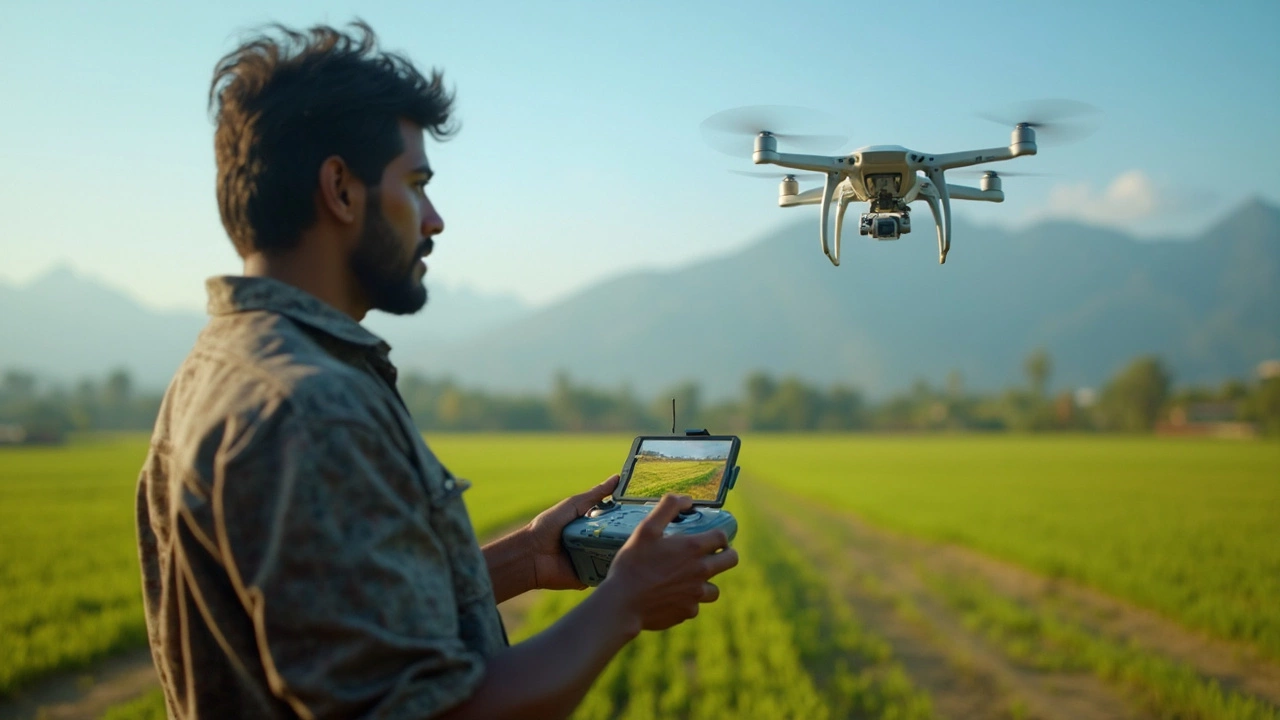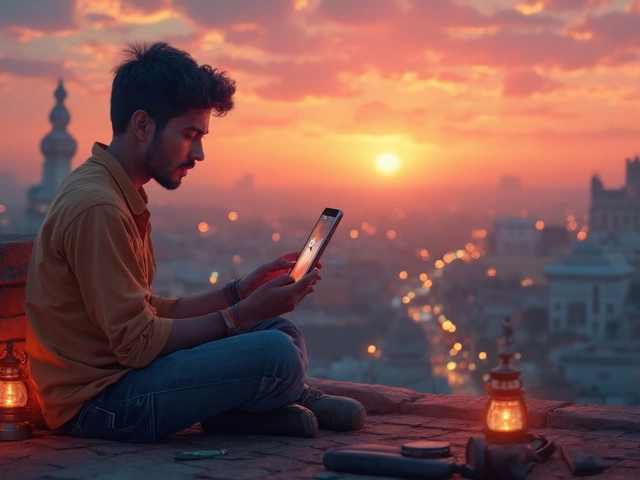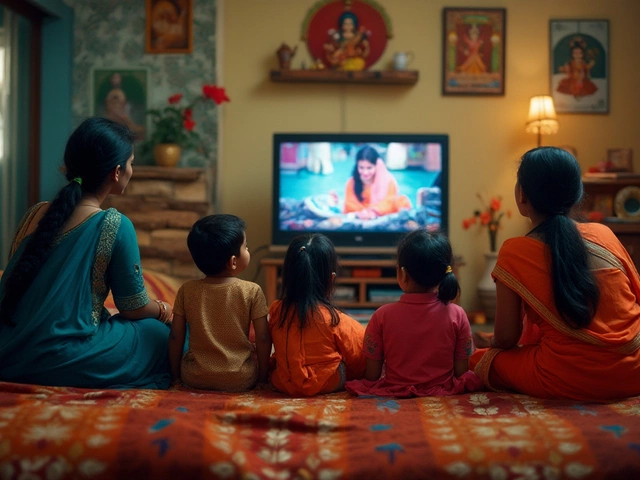So, you're getting into drone photography with your shiny DJI drone, and you're worried they might spill the beans to the FAA? Let's talk about it. While DJI is a big player in the drone world, their relationship with the FAA (Federal Aviation Administration) mainly affects drone users in the U.S., but it's still worth knowing if you're flying in India. DJI has a robust system of compliance, offering geofencing that prevents you from flying in restricted areas and even notifying authorities if necessary.
But, how does this affect us here in India? Well, India's rules are slightly different and a bit more localized. While the FAA doesn't directly govern Indian airspace, DJI's technology still might play a role in how you operate your drone safely and legally. Indian regulations, like DGCA's Digital Sky Platform, determine local airspace rules. So, understanding these guidelines along with how DJI operates can keep you on the right side of the law.
- Understanding DJI and FAA Relationship
- Drone Regulations in India
- Privacy Concerns with DJI Drones
- Tips for Safe and Compliant Flying
Understanding DJI and FAA Relationship
Ever wondered how your DJI drones interact with the FAA? Let's break it down. DJI, a leading name in the drone industry, collaborates closely with the FAA to ensure that their drones align with U.S. aviation regulations. This primarily involves geofencing technology that prevents drones from entering restricted airspace, like near airports or sensitive government facilities.
This technology is part of what DJI calls geospatial environment online (GEO) locking. The FAA's focus here is safety and preventing potential accidents. DJI's software even prompts users to register with the FAA if required, making sure users are aware of and comply with regulations.
But does this mean DJI is ratting you out to the FAA? Not quite. According to DJI, "Our information sharing with the FAA is limited to what's required for airspace safety though our geofencing and user notifications."
"DJI has no direct communication channels with FAA that reveal personal data of users unless demanded by lawful orders," said an industry spokesperson.
The FAA's partnership with DJI is mostly about technology syncing with their safety requirements rather than monitoring individual drone users. This functionality is aimed at making sure drones don't become airspace nuisances.
Does that mean you don't have to worry about anything if you're flying in India? Well, while FAA regulations are geared towards the U.S., understanding them can help you be more conscious of air safety, indirectly benefiting your safety practices in India as well.
Key Takeaways
- Geofencing tech helps keep you out of restricted areas.
- DJI prompts for FAA registration if required.
- No direct data sharing about individuals without legal orders.
So, remember to keep these points in mind the next time you're preparing for a drone flight. Understanding the dynamics between DJI and FAA can provide insights, and who knows, maybe help you avoid an unexpected snag!
Drone Regulations in India
Navigating India's drone regulations can feel tricky, but it's essential for safe flights. The Directorate General of Civil Aviation (DGCA) is the body that crafts the rules around drone use in our country. If you're planning to fly your DJI drones, you'll want to get familiar with these laws.
Understanding Basic Categories
India classifies drones based on weight, ranging from Nano (less than 250g) to Large (over 150kg). Most drone photography falls into the Micro (250g-2kg) or Small (2kg-25kg) categories. So, make sure your drone fits the bill before you take it for a spin!
Here’s a quick look at how these categories shake out:
| Category | Weight |
|---|---|
| Nano | <250g |
| Micro | 250g-2kg |
| Small | 2kg-25kg |
| Medium | 25kg-150kg |
| Large | >150kg |
Key Requirements
For anything above 250g, registration is a must. You'll need to get a Unique Identification Number (UIN) and a Unmanned Aircraft Operator Permit (UAOP) from the DGCA. The process might sound long, but it ensures you're on the right side of the law.
Where Can You Fly?
It's not just about having a permit. India’s airspace is divided into zones: green, yellow, and red. Green zones are open for flying without any hurdles, yellow zones require ATC permission, and red zones are a no-fly area. Always check the Digital Sky Platform to know where you stand.
Following these rules not only keeps you compliant but ensures safe skies for everyone. So, understand the guidelines and embrace responsible drone flying!

Privacy Concerns with DJI Drones
Flying DJI drones is super exciting, but there's always that nagging thought about privacy, right? When you're up in the sky capturing those perfect shots, it's easy to forget who else might be watching… or rather, where your data might be going.
In recent years, there's been a buzz about how drone data is handled. DJI, being a global leader, has to balance user privacy with compliance to various regulations worldwide. Now, the juicy bit: DJI captures flight logs, which include location information and data about the drone's performance. They argue that collecting this data helps in enhancing user safety and understanding drone operations better.
How Secure is Your Data?
The big question is, where does this data go? DJI claims that their data storage is pretty secure, using encryption to prevent unauthorized access. Yet, concerns still linger, especially if you're a privacy hawk. In the past, there were reports (most unconfirmed) about data being shared with Chinese authorities, creating a bit of frenzy.
Remember, the FAA and similar authorities have vested interests in flight data for obvious reasons like safety and regulation. However, that doesn't mean DJI is regularly sharing your exact flight path with them. In India, guidelines are more focused on pilot certification and airspace compliance but understanding how DJI manages your data remains important.
Tips for Protecting Your Privacy
- Always update your drone's firmware. While this might seem like a chore, it ensures your drone has the latest security patches.
- Review privacy settings in the DJI app. You don't have to share everything with them!
- Consider using local data mode when possible, which stores data only on your device.
- Be aware of where you're flying. Avoid areas that might raise privacy concerns.
Ultimately, while there are valid privacy discussions around drone laws in India and how DJI operates, most users find ways to enjoy drone photography while keeping peace of mind regarding their data. And if you're like me, you prefer keeping a watchful eye on technology updates and setting adjustments.
Tips for Safe and Compliant Flying
Flying your DJI drones doesn't have to be stressful if you stick to some basic rules and tips. Let's break down the essentials for keeping your flights legal and hassle-free here in India.
Stay Informed About Local Laws
The first step is understanding the drone regulations set by the Directorate General of Civil Aviation (DGCA). Always check the drone laws India before each flight. Use resources like the Digital Sky Platform to know if you're in a no-fly zone.
Geo-Fencing and Flight Safety
Most DJI drones have built-in geofencing technology. This feature helps you comply with regulatory requirements by preventing flights in restricted areas. Always double-check the geofencing status and respect it.
Pre-flight Checklist
- Ensure your drone is in top condition. Check the battery, propellers, and camera for any issues.
- Update your drone's firmware. DJI regularly updates it to improve safety and compliance.
- Plan your flight path to avoid restricted zones and ensure safe distances from people and property.
Respect Privacy and People's Space
Privacy is important. Ensure that your drone activities don't invade people's privacy. As stated by a drone expert in The Indian Times,
"Privacy concerns are significant, so always inform property owners or concerned parties before flying over private areas."
Learn from the Community
Engage with the local drone community. They can provide updates on regulations and share tips on flying safely in your area. Online forums and local meet-ups are great ways to connect and learn.
Keeping it Legal
| Requirement | Detail |
|---|---|
| Registration | Register your drone with the DGCA Digital Sky. |
| Height Restriction | Fly below 400 feet to stay compliant. |
| Visual Line of Sight | Always keep your drone in sight. |
Following these tips ensures you're enjoying your drone photography while staying compliant with local laws. Keep your DJI drone adventures fun and safe!





